10 Different Types of Steel Structures
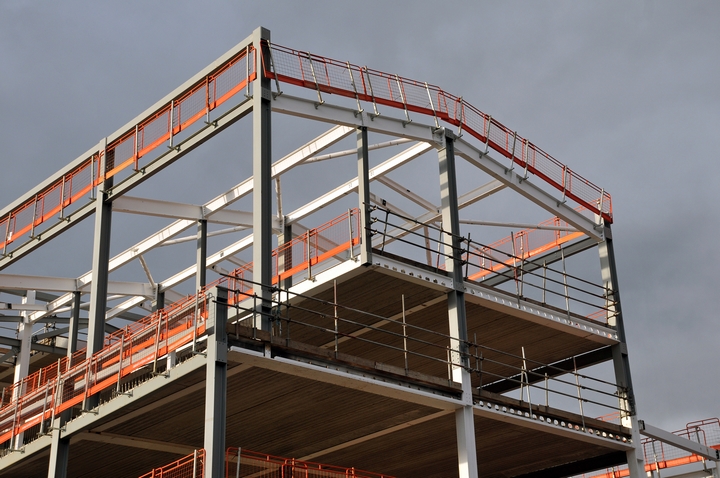
Steel is a cost-effective building material used on construction sites for long-term savings and without sacrificing the quality of the build. Structural steel components connect and are engineered to carry specific loads. Though steel has different grades, high-strength steel grades are reliable and require fewer raw materials than structures using concrete or timber.
Here are some steel structures you can expect to find using this material.
Type #1: Heavy Industrial Buildings

Buildings that carry a lot of heavy industry require support to withstand above-average weight. Structural steel offers the strength in build required. Use steel shop drawings to help you understand these structures better.
Type #2: Commercial Structures
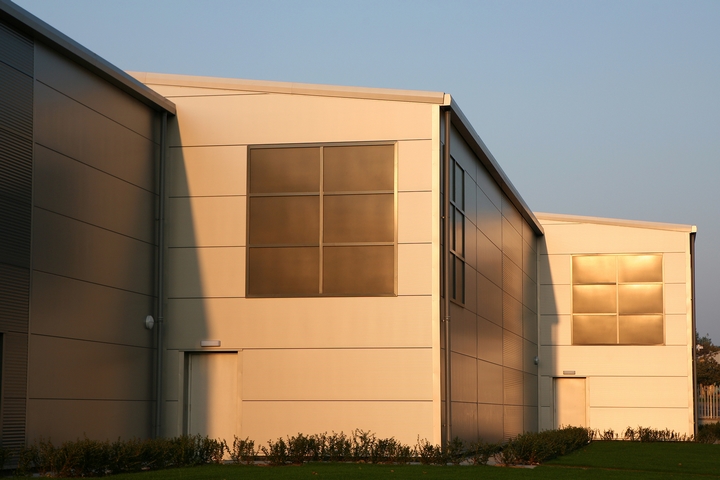
Many commercial structures – such as shopping malls – are constructed using structural steel. It is often combined with reinforced concrete and sometimes masonry and/or wood.
Type #3: High-Rise Buildings

Many high-rise buildings have a steel frame that makes them taller than ever. Load-bearing walls of reinforced concrete have their limits. Using steel, high-rise buildings can be designed and constructed grander, more elaborate, and luxurious.
Type #4: Infrastructure
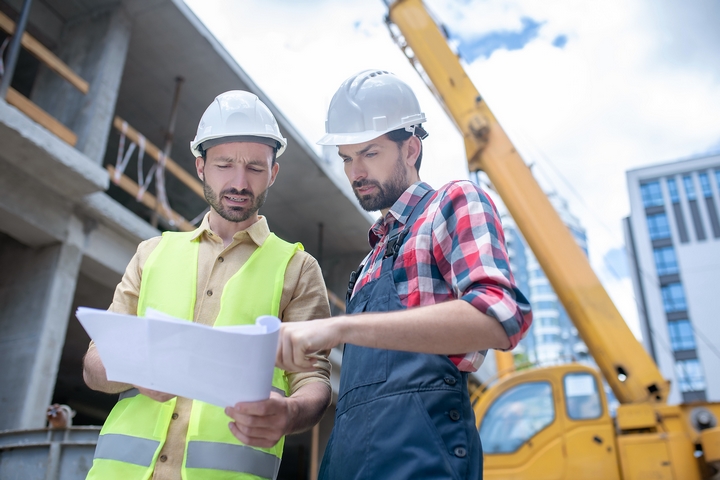
Steel is used and preferred by many infrastructure developers. It creates skyscrapers, car parks, and various infrastructure designs. It is relied upon not only for its cost but also because of its impressive weight-to-strength ratio and versatility as a material.
Type #5: Bridges
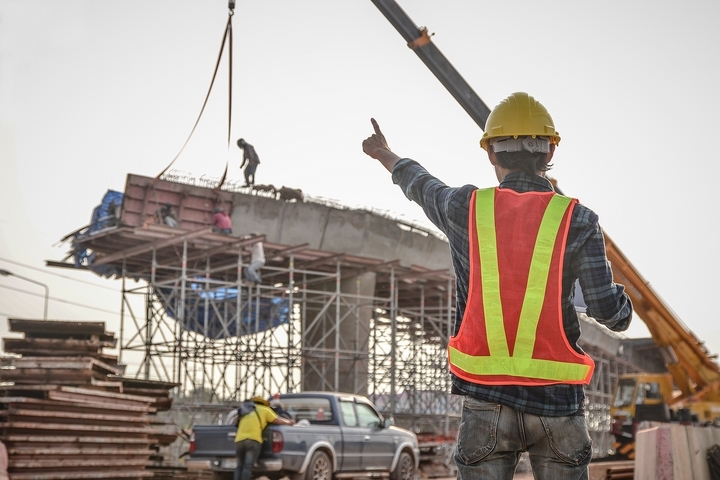
Steel is ideal for a long-standing structure, such as a bridge. Steel has been used for centuries to build bridges. No metal is better; structural steel outperforms wood, concrete, and stone in bridge design.
Type #6: Towers
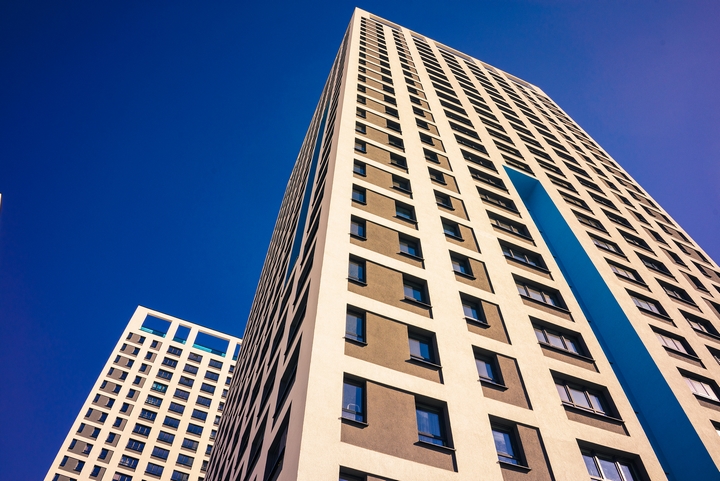
Major towers of multiple storeys have been built with steel as a primary material. Steel allows towers to reach higher and be structurally stable, which are key for a building such as a transmission tower.
Type #7: Airport Terminal

Major airport projects have been built using structural steel, including airport terminal roofs. While concrete forms the bulk of the visual of an airport, when you dig into what materials are used in such a building, reinforced steel and structural steel are extremely important.
Type #8: Warehouses
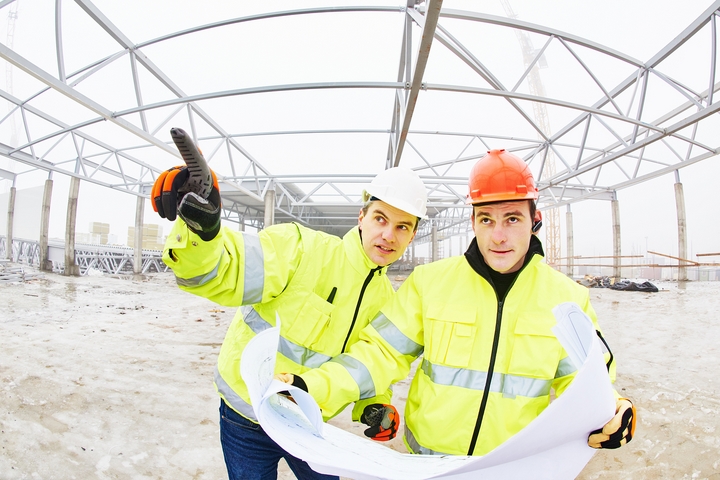
Like airport terminals, warehouses are sometimes built as steel portal frame structures. They have wide spans and open floors, and one of the few materials that can come through in design is steel. For similar warehouse-sized buildings, steel is a great choice.
Type #9: Internal Structures
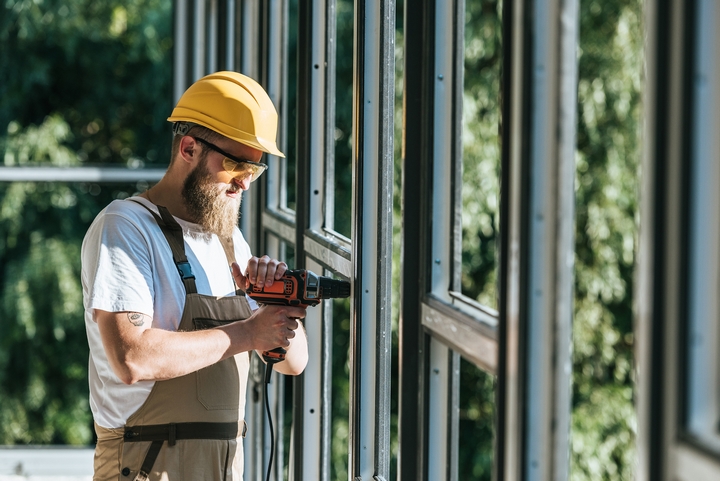
Steel will rarely be exposed to the environment as any moisture or contact with water may cause it to rust, which, in turn, compromises the structural integrity of the building and endangers any people or assets inside.
Type #10: Main Steel Structural

Steel may not be the only material selected to make up a structure. At times, it is just a material within a larger construction design. I-beams, Z-shapes, HSS-shapes, angles, structural channels, rail profiles, steel bars, steel rods, plates, and open web steel joists. These may be favoured and utilized when designing and assembling a structure.
Frame structures
Frame structures, such as beams and columns and building frame systems, frequently utilize steel in their structural elements.
Grid structures
Grid structures, i.e. latticed structures or domes, use steel rods connected to distribute stress evenly across a structure.
Pre-stressed structures
Pre-stressed structures are where deliberate stresses of a precise magnitude, direction, and duration period have been placed on the steel to confirm that it can withstand high stresses.
Truss structures
Truss structures are often built with steel as they span further than timber, are more lightweight using steel above another type of material, and can be manufactured to an even higher standard.
Arch structures
Arch structures use curved-length steel to create unique, structurally sound designs.
Arch bridges
Arch bridges, of which there are several, almost all use steel to some degree to create a strong, safe structure.
Beam bridges
Beam bridges are simple structures wherein steel is a key ingredient to ensure their integrity is strong.
Cable-stayed bridges
Cable-stayed bridges have one or more towers that use cables to support the bridge deck. The towers are almost always made from steel, reinforced or pre-stressed concrete, or composite steel-concrete.
Suspension bridges
Suspension bridges, such as the Golden Gate Bridge, Manhattan Bridge, and Akashi-Kaikyo Bridge, all use steel in their design.
Truss bridges
Truss bridges are made of steel often because it is the most cost-efficient choice and because steel works better under tension than under compression. It’s an ideal material for truss bridges.
Steel is versatile and can form spaces of near-infinite sizes and layouts. The list of types of steel structures has no end. Let creativity run wild. The basic characteristics of steel make it a strong and rigid material capable of things that not many other materials can claim.
